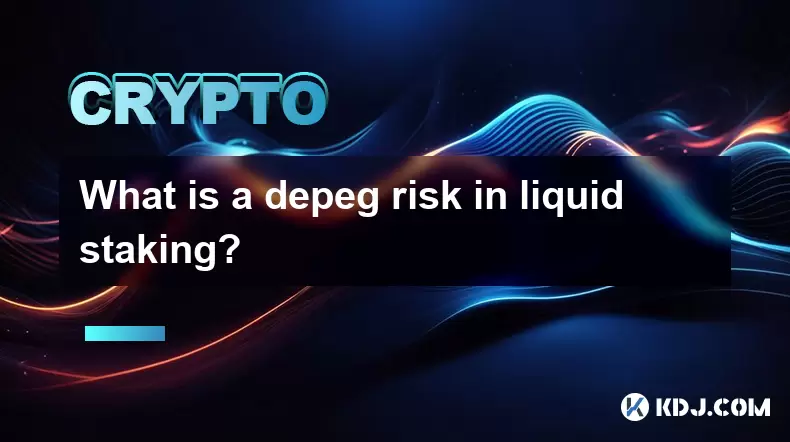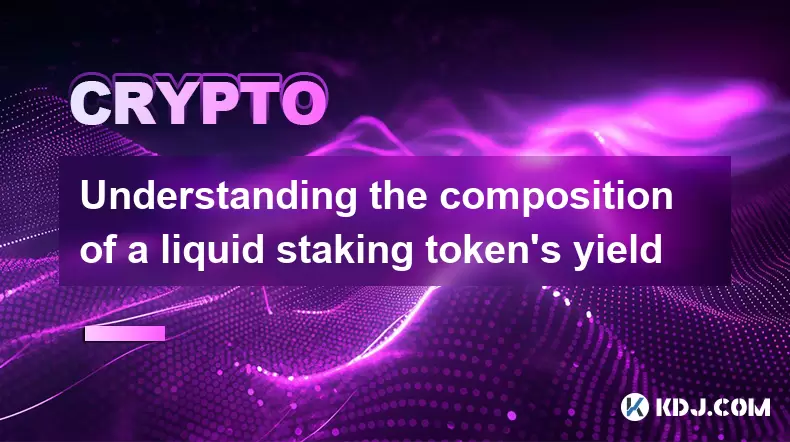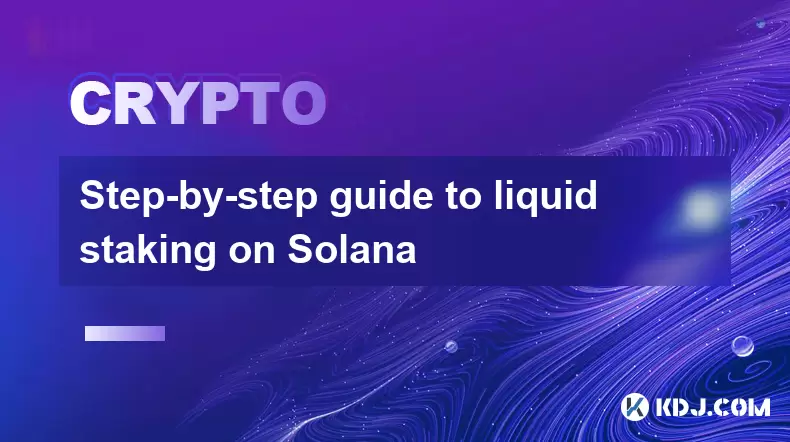-
 Bitcoin
Bitcoin $118400
0.39% -
 Ethereum
Ethereum $3814
2.17% -
 XRP
XRP $3.547
1.34% -
 Tether USDt
Tether USDt $1.000
0.00% -
 BNB
BNB $769.5
2.95% -
 Solana
Solana $191.7
6.36% -
 USDC
USDC $0.9999
0.01% -
 Dogecoin
Dogecoin $0.2722
7.75% -
 Cardano
Cardano $0.8995
5.59% -
 TRON
TRON $0.3158
-0.78% -
 Hyperliquid
Hyperliquid $47.37
4.46% -
 Stellar
Stellar $0.4848
3.54% -
 Sui
Sui $4.031
1.72% -
 Chainlink
Chainlink $20.11
3.94% -
 Hedera
Hedera $0.2832
3.16% -
 Avalanche
Avalanche $26.20
4.27% -
 Bitcoin Cash
Bitcoin Cash $530.5
0.67% -
 Shiba Inu
Shiba Inu $0.00001568
3.59% -
 Litecoin
Litecoin $118.4
1.42% -
 UNUS SED LEO
UNUS SED LEO $8.976
-0.23% -
 Toncoin
Toncoin $3.349
2.54% -
 Polkadot
Polkadot $4.590
2.54% -
 Uniswap
Uniswap $10.56
-0.59% -
 Ethena USDe
Ethena USDe $1.001
0.00% -
 Monero
Monero $327.7
0.39% -
 Pepe
Pepe $0.00001422
2.62% -
 Bitget Token
Bitget Token $4.973
-1.22% -
 Dai
Dai $1.000
0.02% -
 Aave
Aave $331.9
1.59% -
 Bittensor
Bittensor $429.6
-0.56%
What is a depeg risk in liquid staking?
Depeg risk in liquid staking occurs when staked tokens like stETH lose their 1:1 value with the native asset, often due to market panic, liquidity issues, or withdrawal delays.
Jul 21, 2025 at 08:28 am

Understanding Depeg Risk in Liquid Staking
In the world of cryptocurrency, liquid staking has gained significant traction as a mechanism that allows users to stake their assets while maintaining liquidity through derivative tokens. However, this innovation introduces a unique risk known as depeg risk. This occurs when the token issued by the liquid staking protocol—often referred to as a staked token (e.g., stETH, rETH)—loses its 1:1 peg with the underlying asset, such as ETH.
The depeg risk arises primarily due to market dynamics and the structural design of liquid staking protocols. When users deposit ETH into a platform like Lido or Rocket Pool, they receive a token representing their stake plus future staking rewards. However, if market sentiment shifts or liquidity conditions change, these tokens may trade at a discount or premium relative to the native asset.
How Does a Peg Work in Liquid Staking?
The concept of a peg in liquid staking is central to understanding depeg risk. A peg is a commitment that the derivative token will maintain a stable value relative to the native asset. For example, 1 stETH should always equal 1 ETH, including accrued staking rewards.
This peg is maintained through smart contracts and market mechanisms. Users can deposit and withdraw assets freely, which theoretically stabilizes the peg. However, market forces, liquidity imbalances, and external shocks can cause the peg to break temporarily or permanently.
- Smart contract execution ensures that staked tokens can be redeemed for the underlying asset at any time.
- Market trading of these tokens on decentralized exchanges can influence their price.
- Liquidity pools play a crucial role in maintaining the peg by allowing seamless swaps between staked tokens and native assets.
Causes of Depeg Risk in Liquid Staking Protocols
Several factors contribute to depeg risk, and understanding them is essential for users and investors in liquid staking platforms.
- Market Sentiment and Panic Selling: If users lose confidence in a liquid staking provider, they may rush to sell their staked tokens, causing the price to drop below the peg.
- Withdrawal Delays or Restrictions: Some protocols may face delays in withdrawals due to network congestion or technical issues, leading to temporary depeg.
- Liquidity Pool Imbalances: If the liquidity pool supporting the peg becomes imbalanced, arbitrage opportunities may not be sufficient to correct the price deviation.
- Smart Contract Risks: Bugs or exploits in the smart contract could lead to loss of funds or trust, causing the peg to break.
These factors illustrate how depeg risk is not just theoretical but a real concern for participants in the liquid staking ecosystem.
Real-World Examples of Depeg Events
There have been notable instances where liquid staking tokens experienced depegging, highlighting the vulnerability of the system.
One of the most prominent cases occurred during the Lido Finance's stETH in 2022, where stETH traded at a discount due to uncertainty around Ethereum's transition to proof-of-stake and concerns about liquidity. This led to a loss of confidence among traders, resulting in a significant deviation from the 1:1 peg.
- Lack of immediate withdrawal: Users were unable to unstake ETH immediately after the Merge, causing market uncertainty.
- Arbitrage inefficiencies: Despite the presence of arbitrageurs, the discount persisted for days due to systemic risk and liquidity crunches.
- Impact on DeFi: Platforms that used stETH as collateral saw liquidations and reduced trust, affecting the broader DeFi ecosystem.
This example underscores the real-world implications of depeg risk and how it can cascade through the financial system.
Managing and Mitigating Depeg Risk
Given the potential impact of depeg risk, users and protocols must adopt strategies to manage and mitigate this exposure.
- Diversification of Staking Providers: Relying on multiple liquid staking platforms can reduce dependency on a single issuer.
- Monitoring Liquidity Pools: Ensuring sufficient liquidity in pools that support the peg is crucial for maintaining price stability.
- Transparency and Communication: Protocols must maintain clear communication with users about potential risks and withdrawal timelines.
- Arbitrage Incentives: Encouraging arbitrage activity through incentives can help restore the peg when deviations occur.
By implementing these strategies, both users and protocols can better navigate the challenges posed by depeg risk.
Depeg Risk and Its Impact on DeFi Ecosystem
The decentralized finance (DeFi) sector is particularly vulnerable to depeg risk due to its reliance on stable and predictable asset values. When a liquid staking token loses its peg, it can trigger a chain reaction across DeFi platforms.
- Collateral Devaluation: If staked tokens are used as collateral in lending protocols, a depeg can lead to undercollateralization and liquidations.
- Loss of Confidence: Users may withdraw funds from DeFi protocols that use unstable staked tokens, leading to reduced liquidity.
- Systemic Risk: A large-scale depeg event could cause broader instability in the DeFi market, affecting multiple protocols simultaneously.
This highlights the interconnectedness of the DeFi ecosystem and the critical need to manage depeg risk effectively.
Frequently Asked Questions
Q: Can depeg risk be completely eliminated in liquid staking?
A: While protocols can take steps to reduce the likelihood of a depeg, it cannot be completely eliminated due to market volatility and external factors beyond their control.
Q: How can I check if a liquid staking token is currently depegged?
A: You can check the price of the staked token on decentralized exchanges or tracking platforms like Dune Analytics, CoinGecko, or CoinMarketCap to see if it deviates from the native asset.
Q: Are all liquid staking tokens equally prone to depeg risk?
A: No, the risk varies depending on the protocol’s liquidity, transparency, and the mechanisms in place to maintain the peg.
Q: What should I do if a staked token I hold starts to depeg?
A: Monitor the situation closely, consider swapping to the native asset if possible, and assess whether the underlying protocol is still trustworthy.
Disclaimer:info@kdj.com
The information provided is not trading advice. kdj.com does not assume any responsibility for any investments made based on the information provided in this article. Cryptocurrencies are highly volatile and it is highly recommended that you invest with caution after thorough research!
If you believe that the content used on this website infringes your copyright, please contact us immediately (info@kdj.com) and we will delete it promptly.
- AVAIL, VENOM, Token Release Mania: What You Need to Know, New Yorker Style
- 2025-07-21 23:30:13
- Crypto Purchases: Your No-Stress Guide to Spending Digital Dough
- 2025-07-21 22:50:13
- Chainlink, Litecoin, and BlockDAG: What's Hot in the Crypto Streets?
- 2025-07-21 23:30:13
- Navigating the Crypto Abyss: Death Spirals, Liquidity Exhaustion, and Delta Neutrality in the Wild West of Altcoins
- 2025-07-21 22:55:12
- Binance, PEPE, and BONK: Meme Coins Mature, Shed 'Seed Tag' Amid Market Shifts
- 2025-07-21 22:30:13
- Toshi.bet: Leading the Crypto Casino Revolution in Poland 2025
- 2025-07-21 20:30:12
Related knowledge

Understanding the composition of a liquid staking token's yield
Jul 20,2025 at 09:07am
What Is a Liquid Staking Token?A liquid staking token is a representative asset issued to users who stake their native cryptocurrency on a proof-of-st...

What to do during an LST depeg event
Jul 20,2025 at 04:57pm
Understanding LST Depeg EventsAn LST (Liquid Staking Token) depeg event occurs when the token, which is typically pegged to the value of the underlyin...

What are the best wallets for storing LSTs?
Jul 21,2025 at 03:14pm
Understanding LSTs and the Need for Secure StorageLSTs, or Liquid Staking Tokens, are derivative tokens representing staked assets on a blockchain. Wh...

Step-by-step guide to liquid staking on Solana
Jul 20,2025 at 06:42am
What is Liquid Staking on Solana?Liquid staking is a mechanism that allows users to stake their cryptocurrency while retaining liquidity through the i...

What happens to my LST if the provider goes out of business?
Jul 19,2025 at 10:21pm
Understanding LST and Its Dependence on ProvidersWhen you stake your Ethereum (ETH) through a Liquid Staking Token (LST) provider, you receive a token...

Are there insurance options for liquid staking?
Jul 19,2025 at 06:08pm
Understanding Liquid Staking and Its RisksLiquid staking is a process where users stake their cryptocurrency assets to participate in network validati...

Understanding the composition of a liquid staking token's yield
Jul 20,2025 at 09:07am
What Is a Liquid Staking Token?A liquid staking token is a representative asset issued to users who stake their native cryptocurrency on a proof-of-st...

What to do during an LST depeg event
Jul 20,2025 at 04:57pm
Understanding LST Depeg EventsAn LST (Liquid Staking Token) depeg event occurs when the token, which is typically pegged to the value of the underlyin...

What are the best wallets for storing LSTs?
Jul 21,2025 at 03:14pm
Understanding LSTs and the Need for Secure StorageLSTs, or Liquid Staking Tokens, are derivative tokens representing staked assets on a blockchain. Wh...

Step-by-step guide to liquid staking on Solana
Jul 20,2025 at 06:42am
What is Liquid Staking on Solana?Liquid staking is a mechanism that allows users to stake their cryptocurrency while retaining liquidity through the i...

What happens to my LST if the provider goes out of business?
Jul 19,2025 at 10:21pm
Understanding LST and Its Dependence on ProvidersWhen you stake your Ethereum (ETH) through a Liquid Staking Token (LST) provider, you receive a token...

Are there insurance options for liquid staking?
Jul 19,2025 at 06:08pm
Understanding Liquid Staking and Its RisksLiquid staking is a process where users stake their cryptocurrency assets to participate in network validati...
See all articles

























































































